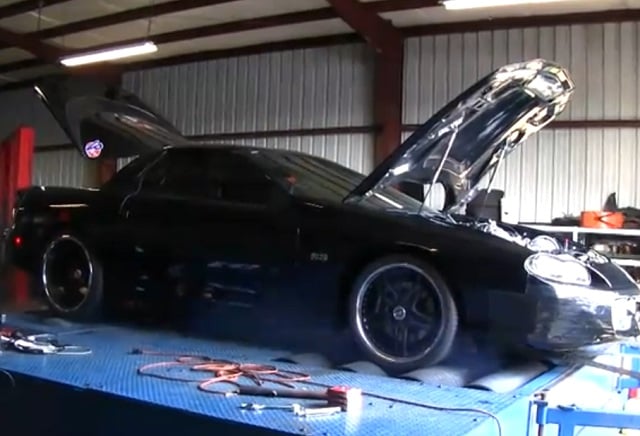BACK TO BASICS
As we go about our rocketry musings ("can rockets work in a vacuum?" - and so forth) I believe we should take a step back and ask ourselves: "Do the space-going rockets we have seen taking off on countless videos over the years even look realistic?" Are the depictions of allegedly space-bound rockets real and legit in the first place? Given the vast amount of fake imagery we have exposed on this forum over the years, this question certainly merits serious and prioritary consideration. To be sure, the various alleged rocket-launching sites (in the Kourou jungle, the Baikonur or Kazakhstan deserts, the Cape Canaveral marshlands, the Vandenberg Air Force Base, etc) are all far-flung locations with extremely limited access to the common person - if any. So do 'spacebound rockets' really ever actually take off from those sites?
Here's a recent ATLAS rocket allegedly being launched from the Vandenberg Air Force Base - on February 11 2013. As we can easily measure and calculate, this ATLAS rocket appears to take off at the incredibly leisurely speed of about 20mph - or 32km/h. That is, in fact the AVERAGE speed of this rocket in its first 100m of flight. This means that, in its first 50meters of flight, it travels even slower than 20mph. Imagine that - and try envisioning the real-world physics involved in maintaining this heavy, 58-meter tall rocket upright - against the forces of gravity. Does this sound plausible to you - even if you are (most probably) not a rocket scientist?

http://www.youtube.com/watch?v=PYwQPBFl6TA
(Please also note the absurdly low/grainy quality of this video purportedly shot this year - in 2013!)
We have all seen military missiles (Tomahawks/Cruise/Scuds, etc) taking off from their launch platforms. Now, I have no problems believing that such deadly weapons of destruction exist and that they are - sadly - very real. Well, they certainly do not take off at slow, bicycle speeds. If you'd put a human being inside them, he/she will immediately be killed by the massive G-forces of the sudden acceleration of these powerful rocket devices. Instead, ever since the ol' Apollo launches shown on TV in the sixties, we have been conditioned to think/accept that bigger rockets ("because of their superior mass", we are told) will take off at initial speeds comparable to that of a running man - or to that of a slow-pedalling cyclist!
Could these rather absurd, "slow-motion" lift offs we have seen for decades possibly have been dictated by the need to imprint in our minds the plausibility of asstronots surviving such rockets' G-loaded acceleration?
So - ladies and gents - please think about it. Are any of the images depicting NASA-ESA-Russian rocket launches even real?




